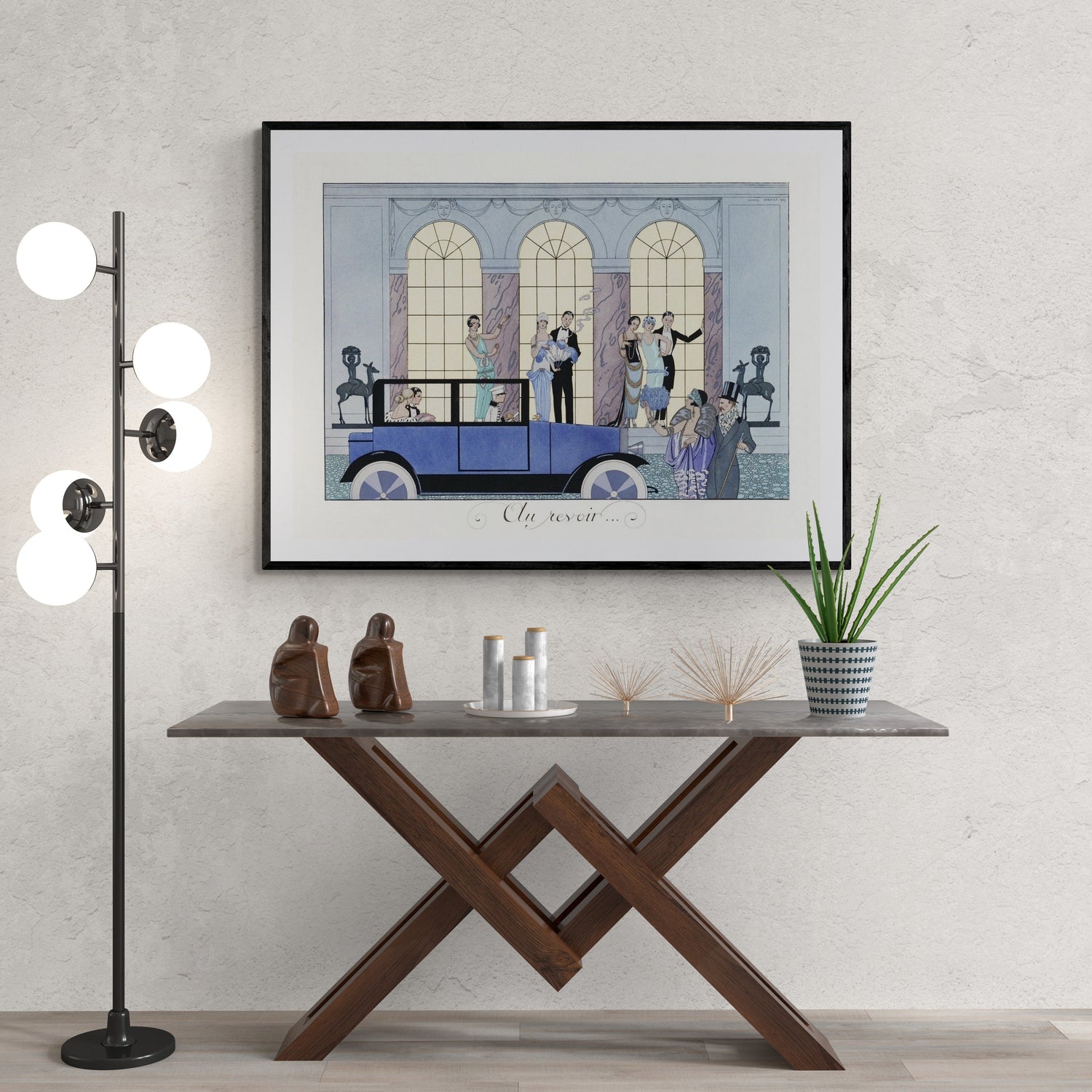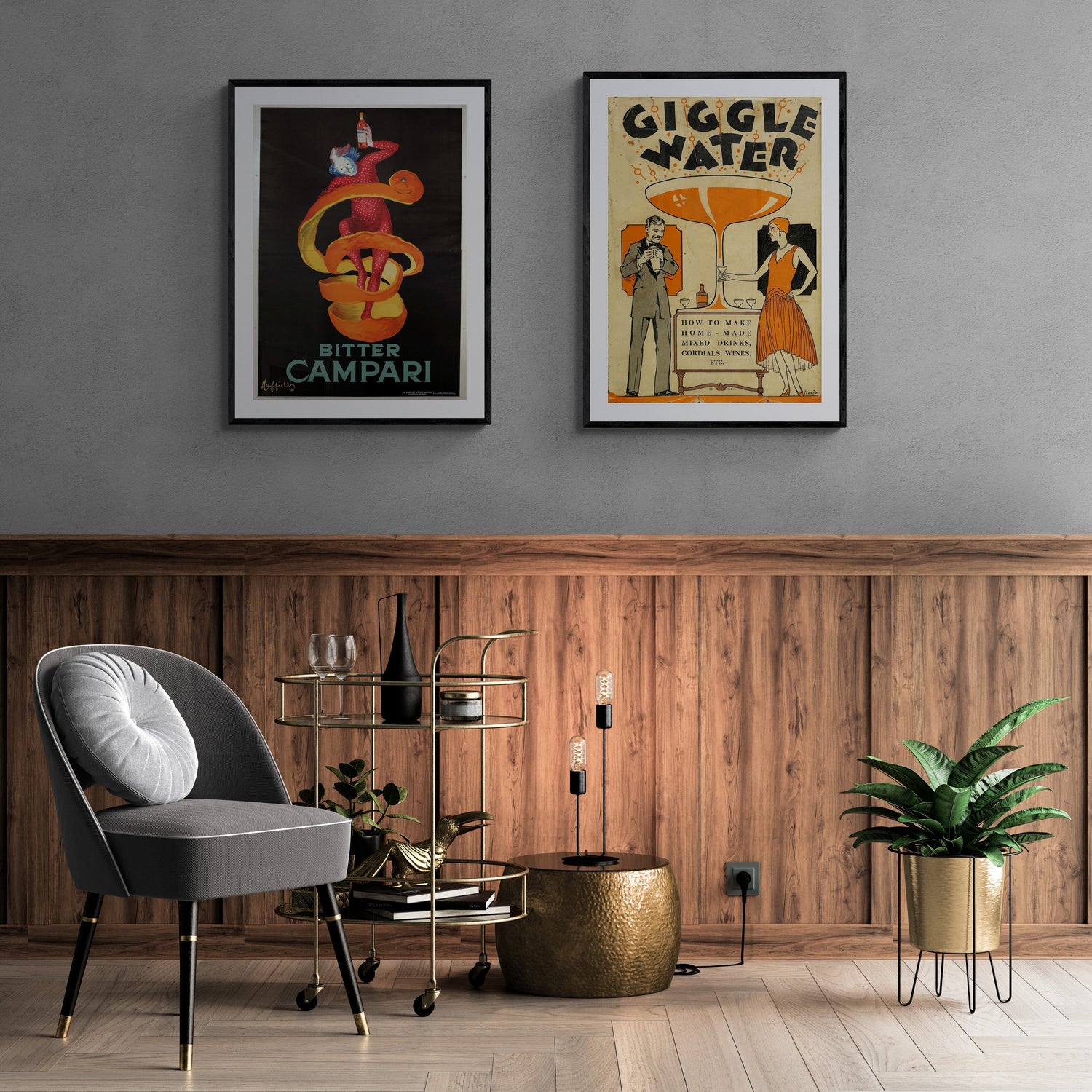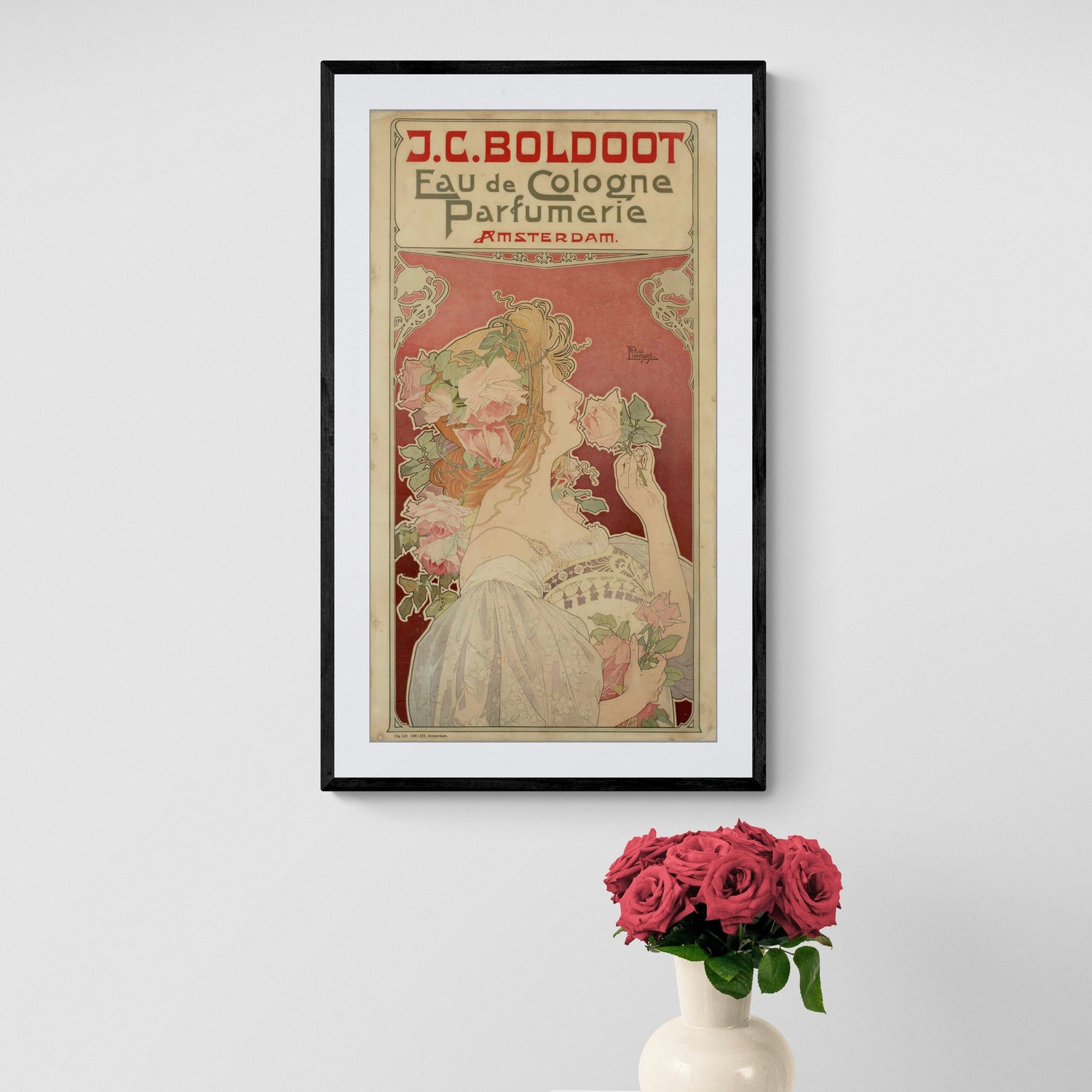Paul Klee, a name that resonates through the corridors of modern art history, was an influential figure whose work defies easy classification. Born in Münchenbuchsee, Switzerland, in 1879, Klee was a visionary artist whose extensive body of work spans the realms of expressionism, cubism, and surrealism, ultimately cementing his status as one of the famous abstract painters of the 20th century. Additionally, his association with the Bauhaus, a groundbreaking German art school, played a significant role in shaping modern art and design principles. This blog post delves into the life of Paul Klee, exploring his importance in the art world and uncovering some intriguing facts about his life and work.
A Biographical Profile of Paul Klee
Paul Klee was an artist deeply influenced by his explorations of color theory and his innovative approach to composition and technique. Though Swiss-born, Klee spent a significant portion of his career in Germany, where he became associated with some of the most avant-garde art movements of the time, including the Blue Rider (Der Blaue Reiter) group. His work is characterized by its whimsical, child-like simplicity, paired with profound philosophical depth. Klee's artistic output was prolific, creating thousands of works over his lifetime, including paul klee prints, klee artwork, and abstract art that continues to captivate audiences worldwide.
Why was Paul Klee so Important?
Paul Klee's significance in the art world can be attributed to several factors:
Innovator of Abstract Art
Klee was a pioneer in the development of abstract art. His ability to abstract natural forms and create visual metaphors was groundbreaking. Klee's work, characterized by symbols, grids, and fantastical figures, pushed the boundaries of what art could express, making him a key figure among famous abstract painters.
Master of Color Theory
Klee's exploration of color theory was revolutionary. He was not just interested in color for its aesthetic appeal but as a means of expression and emotion. His lectures and writings on color theory during his tenure at the Bauhaus school have influenced generations of artists and designers.
Bauhaus Influence
The Bauhaus was more than an art school; it was a movement that sought to bridge the gap between art, design, and daily life. Klee's involvement with the Bauhaus as a teacher from 1921 to 1931 helped shape the school's curriculum and philosophy, emphasizing the unity of the arts and the importance of functional, yet beautiful, design.
5 Interesting Facts about Paul Klee
1. A Musical Beginning
Before dedicating his life to visual art, Paul Klee was an accomplished musician. His deep connection to music influenced his artistic approach, often referring to his process as "drawing music."
2. A Prolific Creator
Throughout his life, Klee was incredibly prolific, creating over 10,000 artworks. His diary entries and meticulous cataloging of his works provide valuable insights into his creative process and the evolution of his style.
3. Artistic Innovations
Klee was known for his experimental techniques, including mixing media and creating his own tools and methods. For example, he developed a technique of oil transfer drawing, which added a unique texture and depth to his work.
4. Political Repercussions
Klee's work was labeled as "degenerate" by the Nazi regime, and he was dismissed from his teaching position at the Düsseldorf Academy. This political condemnation forced him to return to Switzerland, where he continued to work until his death in 1940.
5. The Legacy of His Teaching
Beyond his artwork, Klee's legacy includes his extensive writings on art theory and practice. His pedagogical contributions, particularly at the Bauhaus, have had a lasting impact on art education, influencing how art is taught and understood.
What does "Bauhaus" actually mean?
The Bauhaus, founded by Walter Gropius in 1919 in Weimar, Germany, was an art school that became a movement advocating for a total work of art (Gesamtkunstwerk) in which all arts, including architecture, would eventually be brought together. The Bauhaus aimed to unify art, craft, and technology, thereby creating functional art and design that could be integrated into everyday life. The school's philosophy was that good design could improve society, an idea that profoundly influenced 20th-century art, architecture, graphic design, interior design, and industrial design. The term "Bauhaus" is a compound word in German, meaning "building house," which reflects the school's focus on architecture and design.
Conclusion
Paul Klee's contributions to the art world extend far beyond his whimsical and abstract creations. As an artist, educator, and thinker, Klee played a pivotal role in the development of modern art. His work with the Bauhaus, his exploration of color theory, and his innovative artistic techniques have left an indelible mark on the landscape of art and design. Klee's art and teachings continue to inspire and influence, proving that his legacy is as vibrant and relevant today as it was during his lifetime. Through paul klee artwork, paintings by klee, and his theoretical writings, we are reminded of the power of art to challenge, communicate, and connect across time and space.




